OMNIVOROUS READER
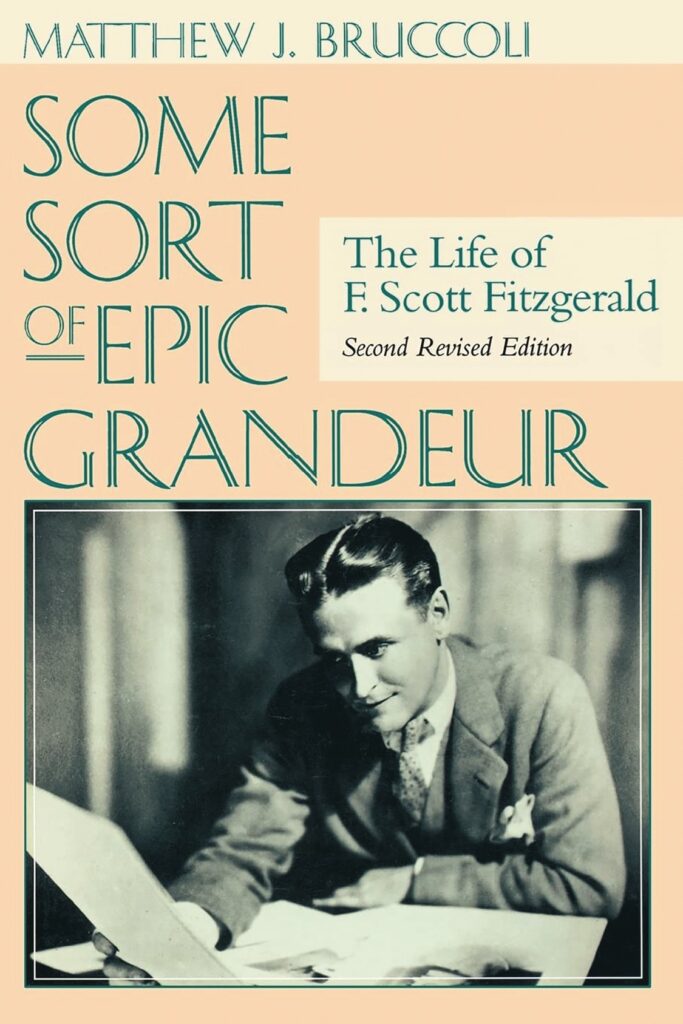
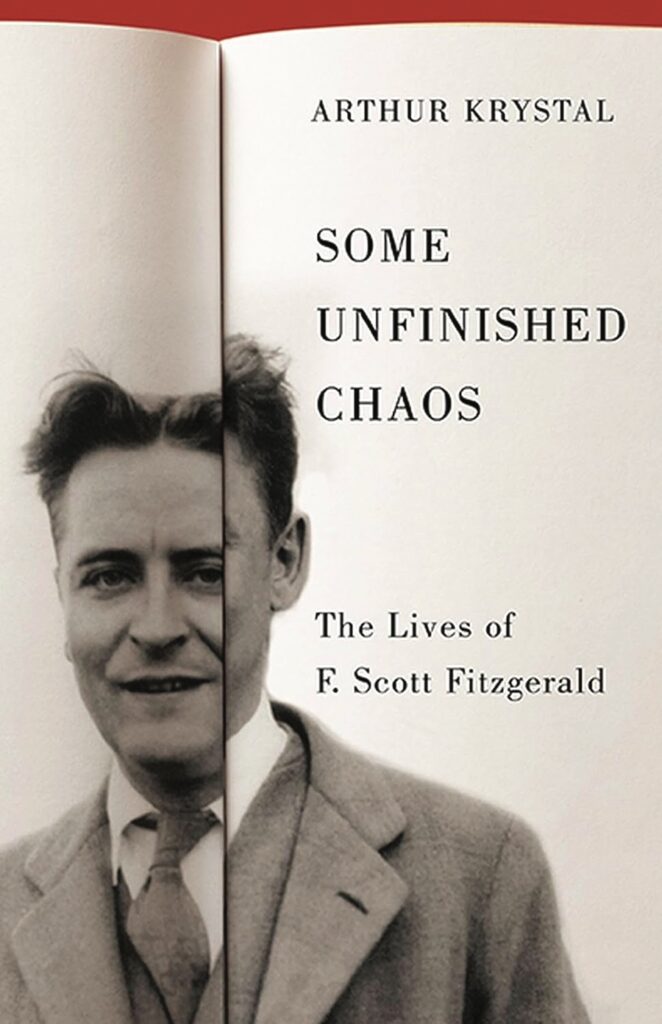
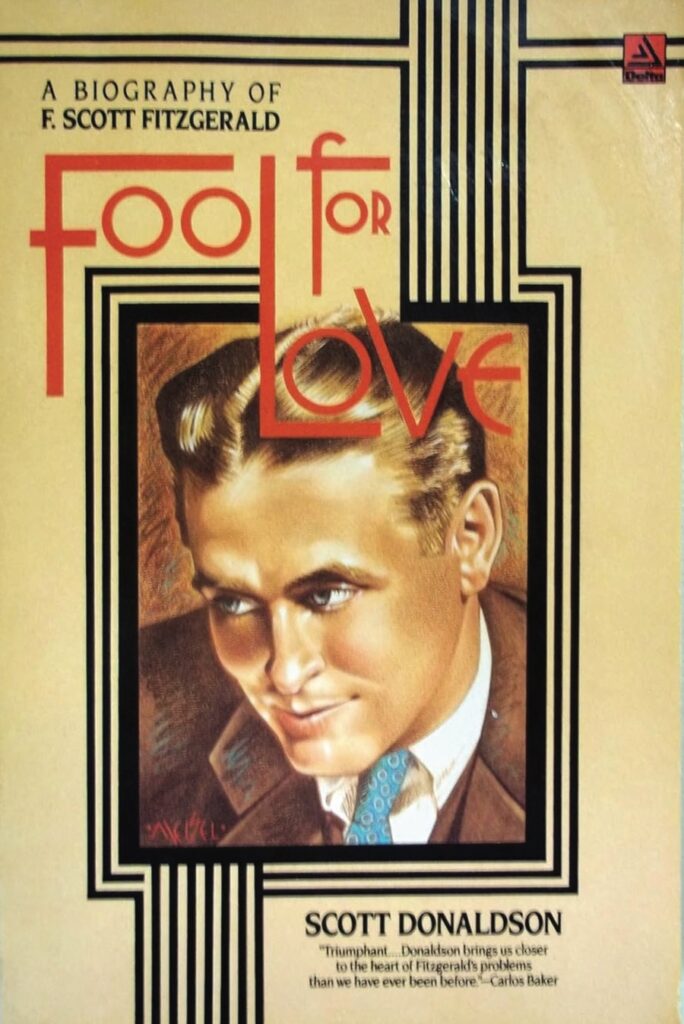
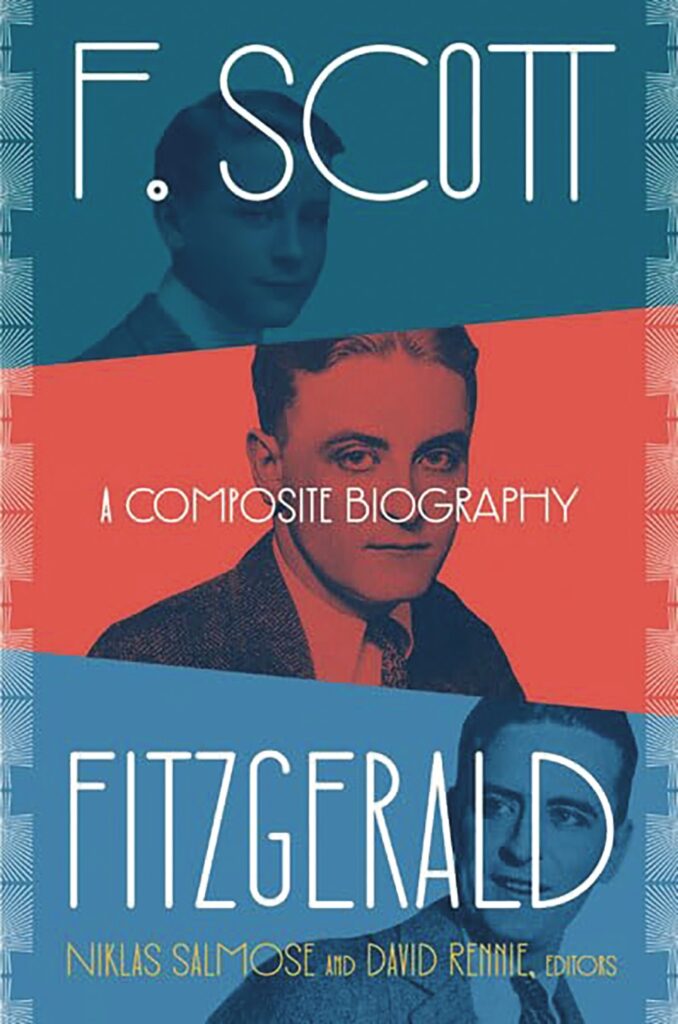
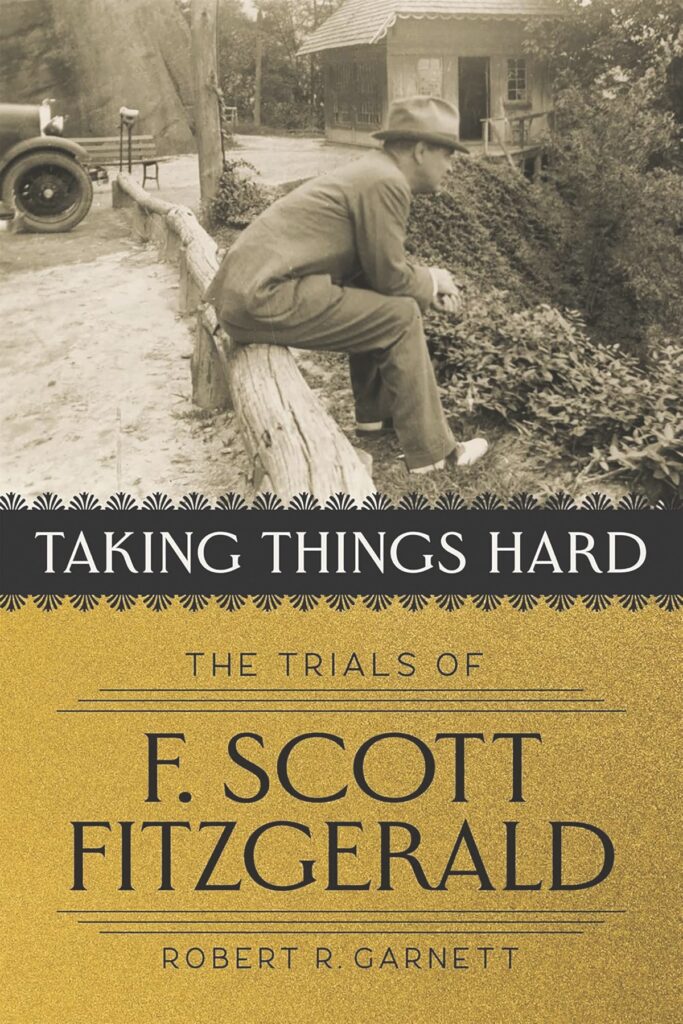
Endless Fascination
The troubled life of F. Scott Fitzgerald
By Stephen E. Smith
In his 1971 memoir, Upstate, literary critic Edmond Wilson grouses about college kids knocking at the door of his “Old Stone House” in Talcottville, New York. “They want to know about Scott Fitzgerald and that’s all,” he writes. Wilson was Fitzgerald’s classmate at Princeton University, and he edited Fitzgerald’s The Crack-Up and the unfinished novel, The Last Tycoon.
If you’re a reader of literary biographies, you can understand Wilson’s peevishness. Bookstore and library shelves are lined with Scott and Zelda Fitzgerald bios. Matthew Bruccoli’s Some Sort of Epic Grandeur is the definitive work. Still, there are many other bios — at least 30 — that are worth considering: Scott Donaldson’s Fool For Love, Arthur Krystal’s Some Unfinished Chaos, Niklas Salmose and David Rennie’s F. Scott Fitzgerald: A Composite Biography, among others.
Robert Garnett’s recent Taking Things Hard: The Trials of F. Scott Fitzgerald contributes significantly to the material available on the Jazz Age author and will be of particular interest to Fitzgerald aficionados with a North Carolina connection.
Garnett, a professor emeritus of English at Gettysburg College, is best known for his biography, Charles Dickens in Love. His Fitzgerald study is less inclusive than his work on Dickens, covering the final 20 years of Fitzgerald’s life, but his research is meticulous and reveals aspects of Fitzgerald’s personality that other biographers have ignored or overlooked.
During his most prolific years — 1924-1935 — Fitzgerald’s primary source of income was his short fiction (he published 65 stories in The Saturday Evening Post alone), and he was paid between $1,500-$5,000 per story when a Depression-era income for a high-wage earner was $1,000 a year. Garnett focuses on the better-known stories — “The Ice Palace,” “A Diamond as Big as the Ritz,” “The Intimate Strangers,” “Babylon Revisited,” “One Trip Abroad,” etc. — to explicate the romantic themes and ineffable mysteries that defined Fitzgerald’s checkered life.
The story “Last of the Belles,” written in 1927, exemplifies Fitzgerald’s return to the familiar theme of romantic infatuation and lost love. It closely parallels Fitzgerald’s time in Montgomery, Alabama, where he served as a young lieutenant during World War I. He incorporates his courtship of his future wife, Zelda Sayre, into the narrative and transforms her into the character of Ailie Calhoun, “the top girl” in town. The narrator, identified only as Andy, is smitten by Ailie, but she becomes enamored of Earl Schoen, a former streetcar conductor disguised in an officer’s uniform.
“The Last of the Belles” plays off Fitzgerald’s strong sense of class, his longing to recapture youthful romance, and his grieving “for that vanished world and vanished mood, Montgomery in 1918 . . . a living poetry of youth, warmth, charming girls, and romance.” “The Last of the Belles” is Fitzgerald’s final attempt to recapture the South of his youth and its alluring women.
A close reading of the stories opens a window into Fitzgerald’s thematic preoccupations, allowing the readers to glimpse aspects of his thinking that are not readily apparent in his less spontaneous, more ambitious novels. But it also presents the reader with a challenge. Garnett provides a synopsis of the stories he cites, but to fully comprehend his explications, it is necessary to read the stories in their entirety, an undertaking that casual readers might find laborious.
Fitzgerald’s North Carolina sojourn is at the heart of Taking Things Hard. In the Fitzgerald papers at Princeton’s Firestone Library, a personal journal kept by Laura Guthrie, a palm reader at Asheville’s Grove Park Inn, draws an intimate, none-too-flattering portrait of Fitzgerald during his saddest period. “The 150-page single-spaced typescript follows him closely, day by day, often hour by hour,” Garnett writes. “Most Fitzgerald scholars are aware of it; few have read it through, fewer still have mined it.” Garnett believes Guthrie’s journal “is the most valuable single source for any period of his (Fitzgerald’s) life.”
In the early spring of 1935, Fitzgerald fled Baltimore for Asheville. He rented adjoining rooms at The Grove Park Inn, where he wrote a series of historical stories for Redbook. Garnett describes these stories as “wooden, simplistic, puerile, awash in cliché and banality, with ninth-century colloquial rendered in a hodgepodge of cowboy-movie, hillbilly, and detective novel.” These amateurish stories were the low point of Fitzgerald’s writing career.
Guthrie became Fitzgerald’s confidant, constant companion and caregiver. He and Guthrie were not physically intimate, but she was enamored. Of their first dinner together, she wrote, “He drank his ale and loved me with his eyes, and then with his lips for he said, ‘I love you, Laura,’ and insisted, ‘I do love you, Laura, and I have only said that to three women in my life.’”
The story Guthrie tells is anything but inspirational. Fitzgerald was intoxicated most of the time — she recorded that he drank as many as 37 bottles of beer a day — and he insisted that she remain at his beck and call. “He is extremely dictatorial,” she wrote, “and expects to be obeyed at once — and well.” As the summer progressed, his drinking grew worse, and he eventually turned to gin “with the idea,” Guthrie noted, “that he had to finish the story and that he could not do it on beer, even if he took 30 or so cans a day, and so he would have to have strong help — first whiskey and then gin.”
In June, Fitzgerald headed to Baltimore and detrained briefly in Southern Pines to visit with James and Katharine Boyd. His conduct while visiting with the Boyds was such that he felt compelled to write a letter of apology when he arrived in Baltimore.
In late 1935, Fitzgerald took a room in Hendersonville, North Carolina, and wrote his self-deprecatingly “Crack-Up” articles. Published in Esquire in 1936, these revealing essays marked the end of his career as a popular novelist and short story writer. He would eventually move to Hollywood, spending the remainder of his days toiling for the dream factories and outlining a novel he would never complete. He died there in relative obscurity in 1940 at the age of 44.
A century after its publication, The Great Gatsby remains a mainstay of the American literary canon, and critics and scholars continue re-evaluating Fitzgerald’s life. No matter how many times they retell the story, it will never have a happy ending.
